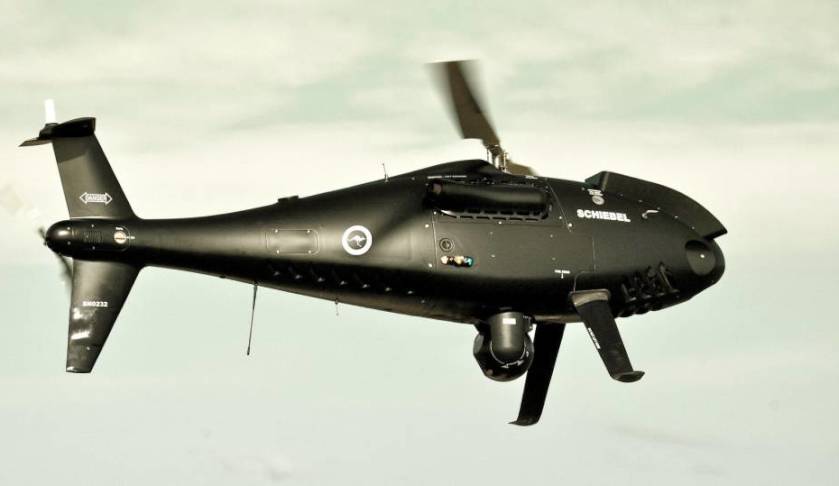The Royal Australian Navy (RAN) has awarded Austrian manufacturing company Schiebel Group a contract to provide its Camcopter S-100 unmanned helicopter and three years of logistics support.
The contract, which was signed in late December, fulfils a request for tender (RFT) for Navy Minor Project (NMP) 1942, which sought to procure a “proven” VTOL Maritime Tactical Unmanned Aircraft System – Interim Capability (MTUAS-IC) and associated engineering and logistics support for the Navy.
The RAN issued the RFT for an unmanned rotary-wing aircraft to perform maritime and littoral intelligence, surveillance and reconnaissance (ISR) missions last February. The UMS Skeldar V-200 and the Northrop Grumman MQ-8C Fire Scout were considered contenders for the requirement
Hans Georg Schiebel, owner of Schiebel Group, said, “We feel most honoured by the Royal Australian Navy’s decision to purchase our Camcopter S-100 UAS.
"We are sure that the S-100 will prove to be an effective asset that will set a new benchmark for UAS capability.”
The Camcopter S-100 improves the situational awareness of ship-borne operations substantially, making it the number one short-range tactical unmanned aircraft for naval applications.
The Camcompter S-100 features a carbon fibre and titanium fuselage, has a maximum takeoff weight of 200 kilograms and can carry a 34-kilogram payload of electro-optics and infrared sensors for up to 10 hours. It has a maximum speed of around 120 knots and is powered by a 55 horsepower (41 kilowatt) Diamond piston engine.
It also holds an impressive track record of supporting naval customers, with missions successfully completed on over 30 different ships on all of the world’s oceans, in every environment from the tropics to the Arctic.
The S-100 has a beyond line-of-sight capability out to 200 kilometres, is able to fly completely autonomously and can be operated from a pilot control unit with missions planned and controlled via a simple point-and-click graphical user interface. High-definition payload imagery is transmitted to the control station in real time.
The S-100 will conduct vertical takeoff and landing trials in August.








